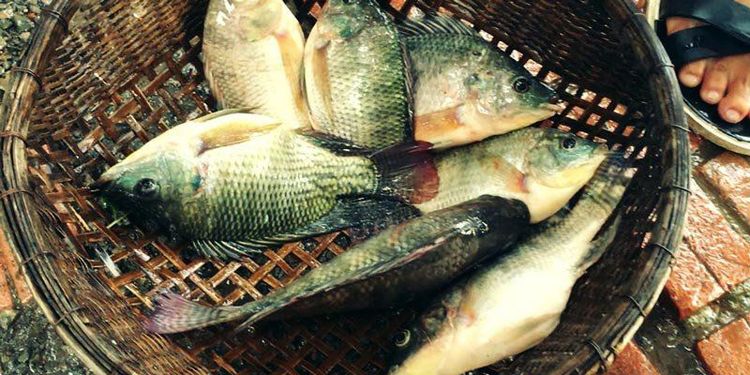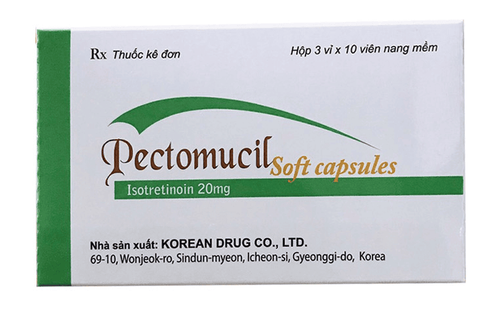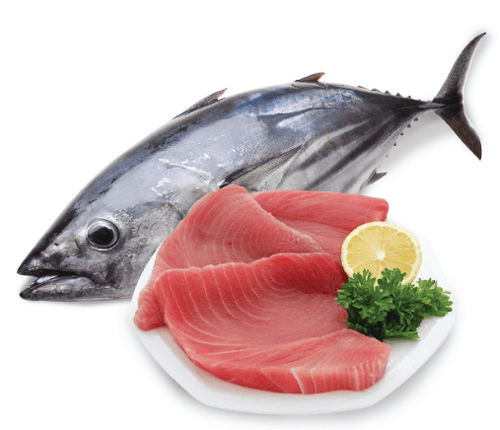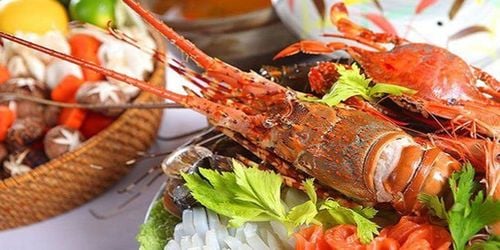This is an automatically translated article.
Tilapia is a nutritious food and is quite cheap. Therefore, this type of fish is loved by many people. However, many studies have highlighted concerns about the fat content of tilapia. According to experts, the benefits and dangers of tilapia depend largely on differences in fish farming.
1. Learn about tilapia
According to researchers, from illustrations from Egyptian tombs, tilapia were cultured more than 3,000 years ago. In fact, tilapia may have been one of the first fish ever farmed. Since that time, tilapia farming has experienced explosive growth and ranks as the second most farmed fish on the planet.
Tilapia is a freshwater fish whose English name is cichlid. Wild tilapia are native to Africa. However, now this fish is present in all countries around the world and is farmed in more than 135 countries. China is by far the largest tilapia producer in the world. They produce more than 1.6 million tons of fish each year and provide the majority of tilapia imports to the United States.
The characteristic of this fish is that it is easy to raise and grow. Because they can live in crowded spaces, grow quickly and fish food is also cheap. The advantages of farming help the cost of tilapia is also lower than that of other freshwater aquatic species. Tilapia is a mild-tasting fish, making it a great choice for those new to seafood. A versatile whitefish, tilapia pairs perfectly with most condiments and sauces, and makes a good substitute for chicken in meals.

Cá rô phi rất dễ nuôi trồng và đem lại lợi nhuận cao
2. Nutritional composition of tilapia
Tilapia is an excellent source of protein and nutrients. In about 100 grams of tilapia contains 26 grams of protein and 128 calories. Besides, this fish is also high in vitamins, minerals, niacin, vitamin B12, phosphorus, selenium and potassium.
The nutritional composition of tilapia in 100 grams of tilapia is as follows:
Calories: 128 Carbs: 0 grams Protein: 26 grams Fat: 3 grams Niacin: 24% RDI Vitamin B12: 31% RDI Phosphorus : 20% RDI Selenium: 78% RDI Potassium: 20% RDI

Cá rô phi có hàm lượng dinh dưỡng cao
3. The risks of eating tilapia
3.1. Increased risk of inflammation
Many studies show that an imbalance between omega 6 and omega 3 in tilapia increases the risk of causing inflammation. In fact, fish is considered the healthiest food because they contain large amounts of omega-3 and omega-6 such as: salmon, tuna, sardines... Omega-3s are known to be healthy fats. Helps reduce inflammation and blood triglycerides. Omega-3s are important for immune function and blood clotting. Supplementing this nutrient regularly will help you prevent the possibility of cardiovascular disease.
The body cannot make omega 3 and omega 6 on its own, so we need to get both from our diet. However, the omega-3 fatty acid content in tilapia is at least ten times lower than that of salmon omega-3s. Furthermore, tilapia contains more omega-6 fatty acids than omega-3s. Omega-6 fatty acids are controversial, however, this nutrient is thought to be less healthy than omega-3s. Even eating too many foods rich in omega 6 fatty acids can be harmful to your health and increase your risk of inflammation. Many experts point out that if you are suffering from inflammatory diseases such as heart disease, you should limit your consumption of tilapia.
We should aim to get our omega-6s mainly from nutrient-rich foods like nuts and seeds rather than from processed foods like fast food and packaged snacks like cookies , French fries.
3.2. Tilapia usually eat animal feces
According to a report from the US Food and Drug Administration (FDA) revealing that fish farmed in China is often fed manure of livestock animals. This farming method will save the farm owner money, but makes the fish more susceptible to bacteria such as Salmonella. This type of bacteria found in animal waste can contaminate water and increase the risk of diseases. In addition, tilapia are omnivores, feeding on phytoplankton, aquatic organisms, aquatic plants, small invertebrates, benthic animals, detritus and associated bacterial membranes. debris.

Cá rô phí rất dễ nhiêm vi khuẩn Salmonella do ăn tạp
3.3. Tilapia can be contaminated with harmful chemicals
In 2007-2012, there were 187 shipments of tilapia from China that were refused by FDA due to not meeting safety standards. Authorities found in these shipments to contain chemicals such as excess amounts of veterinary drugs and unsafe additives. These substances when entering the human body can lead to many diseases, even cancer.
Therefore, experts recommend that you use fish that are farmed and sourced from the United States, Canada, the Netherlands, Peru, Ecuador, .. Wild caught perch will be better and more nutritious. farmed fish. Some types of salmon, herring have more omega 3 than tilapia and are safer to eat.
Please dial HOTLINE for more information or register for an appointment HERE. Download MyVinmec app to make appointments faster and to manage your bookings easily.
References: healthline.com, aboutseafood.com













